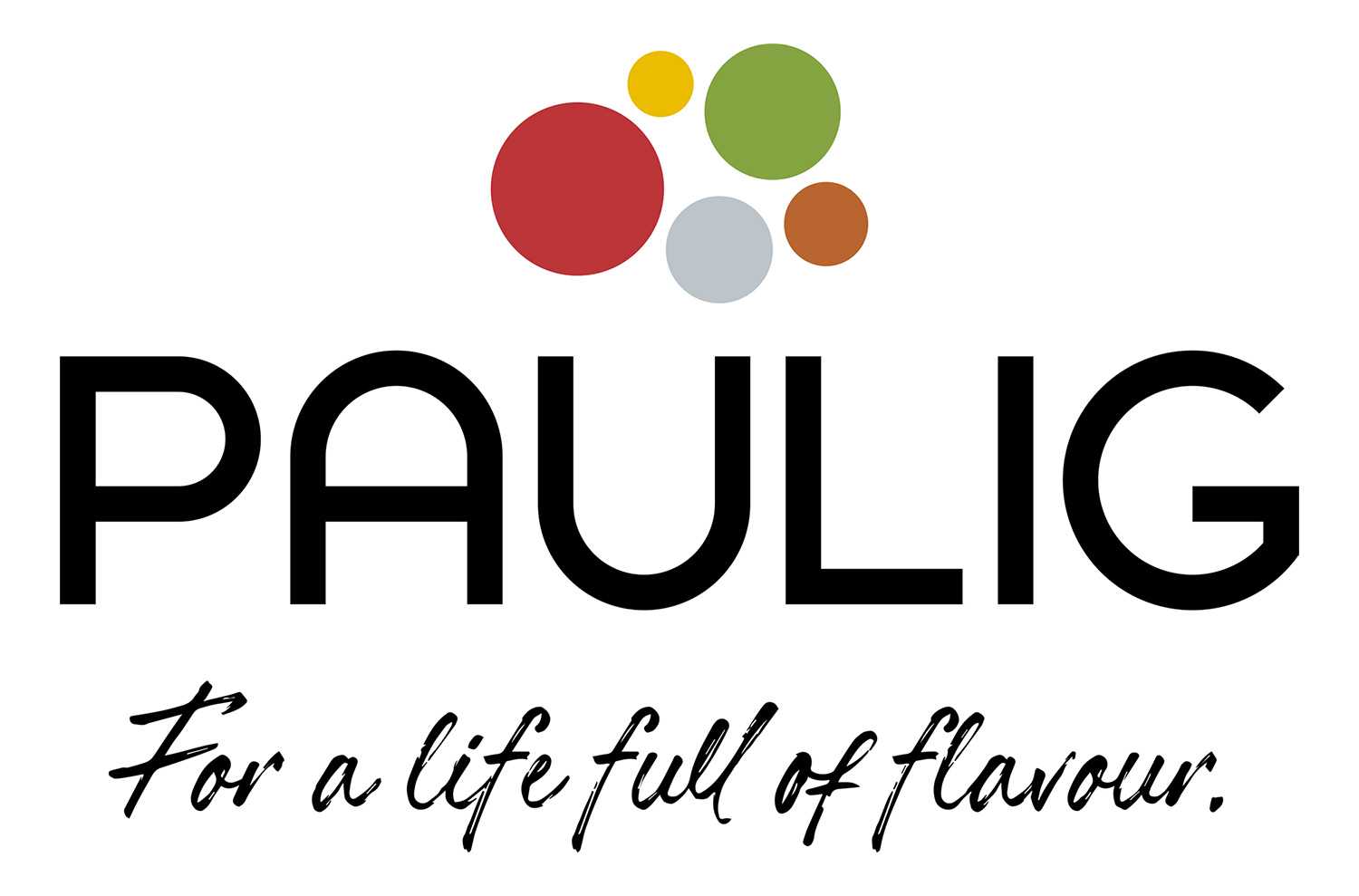In the Netherlands, the Jacobs Douwe Egberts plant uses spent coffee grounds as a bio-fuel to produce the steam that it needs for the production process.The virtues of spent coffee grounds are innumerable!
Fertilizer, deodorant, cleanser, it is even said to rejuvenate your skin! However, less well known is that spent coffee grounds can also be an excellent source of renewable energy.
In Joure, the Netherlands, the Jacobs Douwe Egberts (JDE) coffee roasting plant uses them as a bio-fuel.
A fine example of a circular loop
Replacing natural gas with the energy produced by spent coffee grounds
The plant needs a huge amount of steam to produce its 12 million kilos of coffee annually.
But to generate the steam, it needs natural gas – a costly fossil fuel with limited reserves.
An issue for JDE which a few years ago wanted to increase its coffee production but simultaneously reduce its carbon footprint.
To meet this challenge, Veolia and JDE came up with a solution: replace natural gas with spent coffee grounds. Roasting coffee beans produces a large amount of residue, which was previously sent to landfill. If this residue is kept, it can be used to generate steam for operating the plant.
A customized biomass boiler
Veolia teams spent three years developing a biomass boiler fueled only by spent coffee grounds.
Commissioned in 2013, the installation employs a unique drying and combustion system. Every year, 20,000 tonnes of spent coffee grounds are burned to produce all the necessary steam. So JDE is now using its own coffee waste to produce… coffee!
A genuine short circuit circular loop.
After only three years, the boiler has helped JDE avoid generating 14,000 tonnes of CO2 – equivalent to a 70% reduction in its annual emissions! And what’s more the plant has saved 1 million euros on its energy bill. Proof positive that it is possible to implement virtuous circular business models – with both environmental and economic gains!






